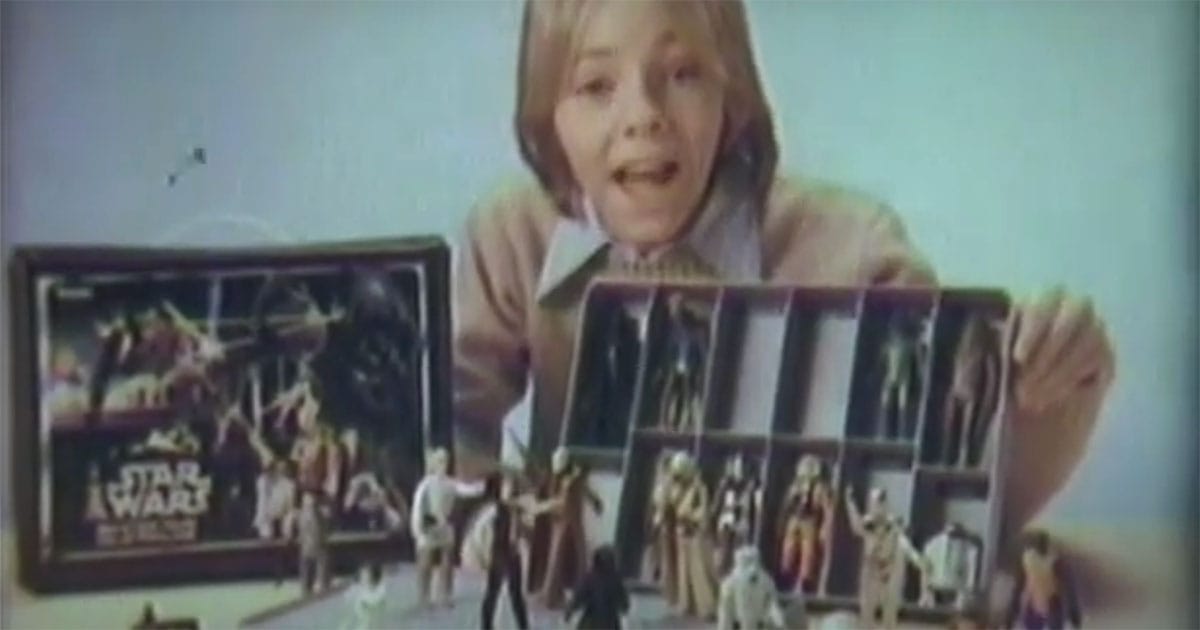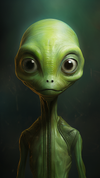The "Star Wars" Figures Every 1980s Kid Had and Why Collectors Still Care
Vintage "Star Wars" action figures from the 1980s—once playroom staples—are now prized collectibles. Discover the twelve most iconic toys and what they’re worth in today’s collector’s market.

Galactic Memories from a Plastic Galaxy
Between the seismic blast of "The Empire Strikes Back" in 1980 and the jubilant arrival of "Return of the Jedi" in 1983, "Star Wars" wasn't just a film series. It was a cultural force that reached into every corner of American boyhood. No item brought that galaxy closer than Kenner's 3.75-inch action figures. Lined up on bedroom shelves, buried in backyard sandpits, or locked in battle across shag carpeting, these small figures became trusted allies in the great imaginative war games of childhood.
What began as play has become preservation. Those once-ordinary plastic figures, sold for under two dollars at department stores, are now prized artifacts among collectors. Their value depends on several factors. These include physical condition, whether the figure remains sealed on its original card, and specific characteristics such as paint variations or limited production runs. Rarity and nostalgia combine to give these toys lasting appeal. As we revisit the twelve action figures that filled so many toy boxes during the 1980s, we also acknowledge a legacy that reached beyond the screen and into the very fabric of American childhood.
Action Figures That Ruled the Toy Chest
Long before the expanded universe or streaming originals, the heart of "Star Wars" fandom beat in the hands of children gripping Kenner's action figures. These twelve figures became the foundation of countless playground adventures, and galactic sagas retold in living rooms across the country. Though Kenner would eventually release over 100 figures by the end of the original line, these core dozen were the ones nearly every child recognized, carried in lunchboxes, and scattered across the carpet for battle.
Luke Skywalker (Farmboy)
Released in 1978, this figure came with either blond or brown hair and featured a yellow lightsaber that extended from his arm. The original hero of the saga, and often the most worn from play.
Darth Vader
Also, from 1978, the Dark Lord of the Sith came cloaked in a vinyl cape with a red telescoping lightsaber. A must-have villain, menacing even at 3.75 inches.
Han Solo (Small Head vs. Big Head)
Sculpted in two versions due to early production issues. The smaller head appeared first in 1978, later replaced with a larger, more accurate sculpt. A prized oddity for collectors.
Princess Leia (Organa)
Dressed in a white gown with a fragile vinyl cape, Leia's figure reflected her diplomatic and combative roles. Early versions came with a black blaster nearly as long as her arm.
R2-D2 (Original)
A squat figure with a clicking dome head and a stickered body. Despite its simplicity, it captured the astromech's charm. Released in 1978, it is often missing much of its original decals.
C-3PO (Removable Limbs)
Introduced after "The Empire Strikes Back," this version featured detachable arms and legs with a gray mesh bag accessory. Ideal for reenacting his disassembly in Cloud City.
Chewbacca
Towering over most figures, Chewbacca came armed with a bowcaster that rarely survived. Released in 1978, his bandolier was sculpted in rather than removable.
Stormtrooper
The faceless enforcers of the Empire. Uniform in design, they invited troop-building and always outnumbered the heroes in backyard battles. Released in 1978 and rarely left alone in a collection.
Boba Fett
First introduced via mail-away offer in 1979. Originally promised with a firing missile (canceled for safety reasons), the production version retained its distinctive color scheme and rocket pack.
Yoda
A small but detailed sculpt from 1980. Came with either an orange or brown snake, a cane, and a removable cloth robe. His stature made him easy to lose but hard to forget.
Obi-Wan Kenobi
Released in 1978 with either white or gray hair. Wielded a blue telescoping lightsaber and wore a brown vinyl cloak. Among the first figures released, anchoring the original line.
Lando Calrissian
Released in 1980 with a removable blue cape. The cape was easy to misplace, making it harder to find complete figures. Known for his cool expression and sculpted mustache.
These figures were not only beloved by children but have become totems of a time when imagination filled the space between "Star Wars" films. Their presence in every toy chest spoke to the deep bond between a franchise and its fans.
What They're Worth Today
What once rattled around in a kid's lunchbox can now command serious money in the collector's market. The value of vintage "Star Wars" action figures depends on several variables. Chief among them are condition, packaging, and rarity. A loose figure with paint wear and missing accessories may be worth twenty dollars. That exact figure, sealed on its original card, can reach hundreds or even thousands.
Collectors distinguish between loose figures and MOC—mint on card. A Luke Skywalker (Farmboy) in good, loose condition might sell for around forty dollars. That same figure, untouched in its original packaging, can fetch over three hundred, depending on the card back and region. The real jump comes with rarities. A Boba Fett MOC with an Empire Strikes Back card can exceed two thousand dollars. A Darth Vader with a double-telescoping lightsaber, released only in very early production runs, has sold for up to seven thousand when graded in pristine condition.
Grading services, such as the Action Figure Authority (AFA), assign numeric scores based on card integrity, bubble clarity, and figure condition. Collectors also pay close attention to card back numbers, which indicate the number of figures advertised on the card at the time of release. A 12-back card, for example, is more desirable than a 77-back reissue.
Reissues and reproductions—though clearly marked—hold far less value and appeal. In a market driven by authenticity and nostalgia, original 1980s figures remain the gold standard. For those who once tore open the packages without a second thought, the irony isn't lost.
A Toy Line That Built a Franchise
Kenner's deal with Lucasfilm in the late 1970s was more than a licensing agreement. It was a blueprint for modern franchise economics. By betting on the long-term appeal of "Star Wars," Kenner transformed film merchandising into a self-sustaining universe. During the three-year gaps between theatrical releases, the action figures kept the saga alive in bedrooms and schoolyards.
Children didn't just re-enact scenes from "The Empire Strikes Back." They invented new missions, backstories, and allegiances—expanding the mythos far beyond the screen. Kenner responded with new characters, vehicles, and playsets that often debuted in toy aisles before appearing in any script. This interplay between merchandise and story laid the groundwork for future toy-driven franchises like "G.I. Joe" and "Transformers," which would follow the same formula.
The brilliance of the Kenner line wasn't just in capturing the market. It was in sustaining the galaxy's narrative when the screen went dark, making the toys as vital to the franchise as the films themselves.
Relics of Imagination
Before digital worlds and endless streaming options, the 3.75-inch action figure was a child's passport to adventure. The original "Star Wars" toys were more than merchandise. They were tools of storytelling, sparking the kind of creative play that turned living rooms into Rebel bases and backyards into Tatooine.
For many, these figures marked a first foray into collecting—learning to care for, categorize, and treasure something beyond its immediate use. They invited children to extend the saga, to become not just viewers but participants in a galaxy that rewarded imagination.
Today, these same figures rest in display cases and auction listings, no longer just toys but symbols of a time when wonder fit in the palm of a hand. From a loose Chewbacca with worn paint to a pristine Boba Fett sealed on a 21-back card, their legacy endures—plastic proof that stories, when held dearly, never grow old.

